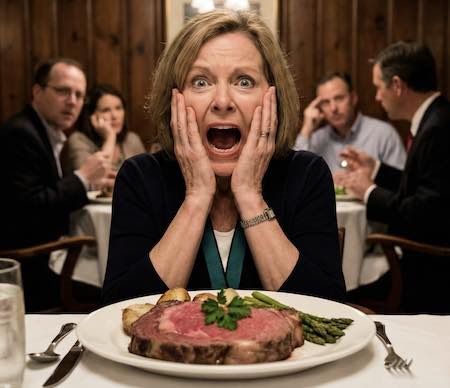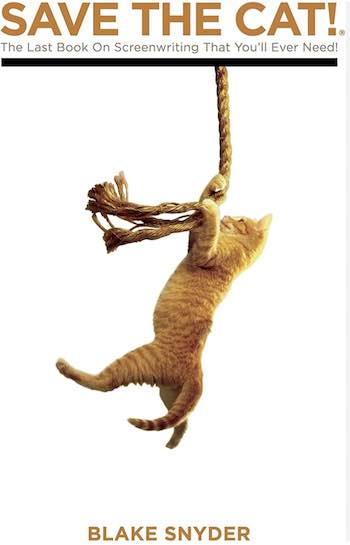I made the mistake of reading the comments on a Facebook article tonight.
Hayley Williams, a singer I had never heard of (more on this shortly) told Clash magazine that she doesn’t want any racist, sexist, or transphobic people to attend her concerts.
Since Hayley Williams’ statement is so vague as to be meaningless, the comments devolved into a war between older folks who smugly asked “Who?” and younger folks who seemed to regard Hayley Williams as some profound thinker.
Although my Gen X instinct is to yawn and roll my eyes at yet another instance of celebrity political preening, the aforementioned trend of the comments raises a question: when is it okay to leave youth culture behind?
In 1985, I thought that Def Leppard and Rush were the most important musical forces in Western Civilization. My parents (then right around 40) knew nothing of them. And my grandparents (then in their 60s) barely knew that MTV existed.
No—scratch that. My grandparents probably didn’t know that MTV existed. And they had certainly never seen a music video.
I’m going to suggest that there comes a time in adulthood when it is perfectly permissible to stop keeping up with youth music. I don’t feel ashamed that I had never heard of Hayley Williams. Nor do I tout this lacuna as a badge of honor.
I’m 57, and I continue to learn. I read multiple books each month, and I study new foreign languages. But I’m at a point in life where knowing the latest pop culture icon just doesn’t seem as important as it did in 1985.
Young people, for their part, should neither ridicule nor resent this. Let me ask the youngsters out there: do you really want 50- and 60-something adults to have a say in what is “popular” on the youth scene?
My guess is that you would prefer us to stay far, far away. And the vast majority of us are happy to leave youth culture to the young.
-ET








